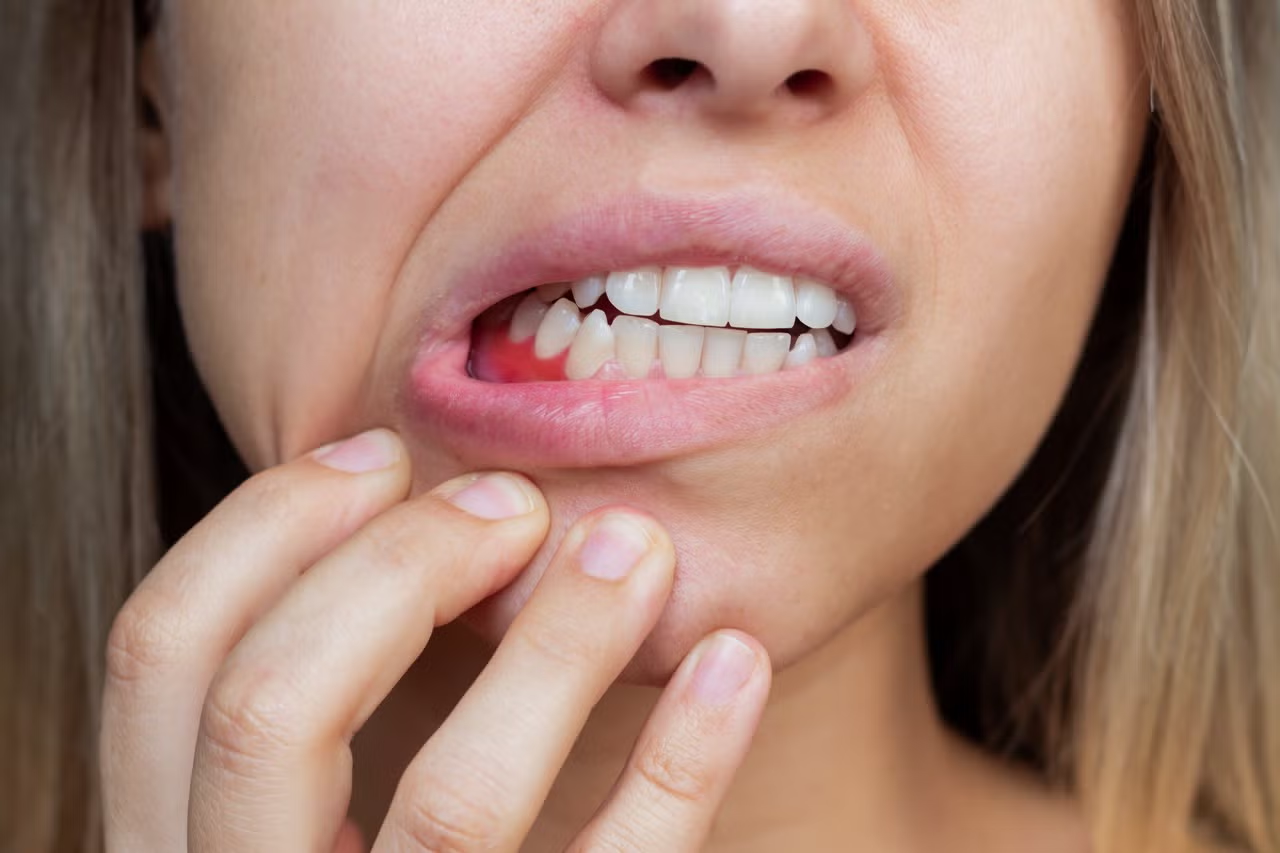
Hormonal changes during pregnancy can increase gum sensitivity, inflammation, and the risk of gingivitis. Rising progesterone and estrogen affect how the gums respond to plaque buildup. Even normal brushing may result in bleeding, swelling, or tenderness during pregnancy. This doesn’t mean brushing should stop—it means care must improve. Gingivitis typically begins in the second trimester and can persist without treatment. It may resolve postpartum but leaves behind tissue damage. Women who already had mild gum issues may see a rapid worsening. A dentist visit early in pregnancy helps detect and manage inflammation before it spreads deeper.
Pregnancy gingivitis is common and may progress to periodontitis if oral hygiene is neglected for too long
Pregnancy gingivitis is common and may progress to periodontitis if oral hygiene is neglected for too long. Gingivitis is the earliest stage and involves surface gum inflammation. Left untreated, it may cause the gums to pull away from the teeth. This creates pockets where bacteria collect and attack bone and tissue. Periodontitis increases the risk of tooth loss and systemic complications. Pregnant women are more susceptible because of immune shifts and vascular changes. Consistent brushing, flossing, and cleanings help control bacterial load. Regular dental checkups remain safe throughout pregnancy, especially during the second trimester.
Some studies have linked severe gum disease during pregnancy with increased risk of preterm birth or low birth weight
Some studies have linked severe gum disease during pregnancy with increased risk of preterm birth or low birth weight. Inflammation from the gums may enter the bloodstream, triggering systemic immune responses. These immune signals might cause the body to enter labor prematurely. Bacteria from infected gums may also reach the placenta. Although not all studies agree, enough evidence exists to raise concern. Treating gum disease reduces inflammation and bacterial spread, potentially reducing these risks. Dentists and obstetricians often collaborate to manage dental concerns safely. Pregnant women with periodontitis should seek prompt evaluation and care.
Morning sickness and vomiting expose the teeth and gums to acids that may damage oral tissues
Morning sickness and vomiting expose the teeth and gums to acids that may damage oral tissues. Repeated acid exposure can weaken enamel and irritate gum linings. Brushing immediately after vomiting might worsen abrasion. Rinsing with water or baking soda helps neutralize acid first. Waiting 30 minutes before brushing gives enamel time to reharden. Using a soft-bristle toothbrush reduces irritation. Some women find brushing triggers nausea, leading them to skip it. This worsens plaque buildup and increases inflammation risk. Gentle techniques and unflavored toothpaste may help reduce discomfort and maintain habits.
Dry mouth and altered saliva flow during pregnancy reduce natural protection against gum irritation and bacteria
Dry mouth and altered saliva flow during pregnancy reduce natural protection against gum irritation and bacteria. Saliva normally neutralizes acids and helps wash away food particles. Hormonal changes slow production or thicken saliva, leaving tissues more vulnerable. This can lead to increased plaque, halitosis, or oral discomfort. Drinking water frequently helps restore moisture levels throughout the day. Sugar-free gum may stimulate flow and aid cleaning. Saline rinses or mouth sprays can provide temporary relief. Dry mouth shouldn’t be ignored—it often contributes to disease even with regular brushing.
Cravings and dietary shifts during pregnancy may increase sugar exposure and plaque accumulation on teeth and gums
Cravings and dietary shifts during pregnancy may increase sugar exposure and plaque accumulation on teeth and gums. Frequent snacking feeds bacteria that produce harmful acids. Sticky snacks cling to enamel and accelerate decay. Even natural sugars in fruits and juices affect plaque levels. If brushing isn’t increased to match frequency, inflammation can worsen quickly. Water rinses after snacks help remove residue. Choosing crunchy vegetables or nuts may clean the mouth as you chew. Awareness of how food habits shift oral health is essential during pregnancy’s hormonal window.
Some pregnant women avoid dental visits due to fear or misinformation about safety during treatment
Some pregnant women avoid dental visits due to fear or misinformation about safety during treatment. This delay often allows mild issues to escalate silently. Dental X-rays are generally safe with proper shielding and are sometimes necessary. Cleanings, fillings, and even some root canals are safe when needed. The second trimester is usually the best time for non-urgent care. Avoiding anesthesia for minor procedures may seem cautious, but untreated pain creates more stress. Dentists can adapt treatments to fit pregnancy-related needs. Ignoring symptoms rarely benefits long-term oral or overall health.
Dentists can provide pregnancy-specific care plans that reduce inflammation and adjust cleanings for changing needs
Dentists can provide pregnancy-specific care plans that reduce inflammation and adjust cleanings for changing needs. Some patients need more frequent cleanings as gums swell and bleed. Others may require alternative toothbrush shapes or gentler pressure. Topical antimicrobials might be recommended to reduce plaque in stubborn areas. Pregnancy-safe mouthwashes help control bacteria without systemic absorption. Dentists can also monitor gum pocket depth and bone loss. Early detection of issues minimizes complications and prevents long-term damage. Every trimester brings changes—care plans adjust accordingly when communication stays open between patient and provider.
Oral hygiene during pregnancy should include soft brushing, flossing, hydration, and dietary awareness to reduce risk
Oral hygiene during pregnancy should include soft brushing, flossing, hydration, and dietary awareness to reduce risk. Brushing twice daily using a soft-bristle brush is foundational. Electric toothbrushes may provide more consistent results when fatigue increases. Daily flossing removes plaque between teeth and under the gum line. Hydration supports saliva and helps reduce dryness. Sugar and acidic foods should be limited to minimize bacterial growth. Pregnant women should view dental care as preventive, not reactive. These habits don’t just protect teeth—they protect overall well-being during and after pregnancy.
Postpartum dental visits help restore baseline gum health and check for lingering inflammation or periodontal damage
Postpartum dental visits help restore baseline gum health and check for lingering inflammation or periodontal damage. After delivery, hormone levels drop, and tissue responses change again. Swollen gums may shrink, but residual damage can persist unseen. Some women experience increased decay or new sensitivity after pregnancy. Breastfeeding may also alter calcium levels and saliva pH. A postpartum exam helps assess healing and restore pre-pregnancy oral function. Dentists may recommend additional cleanings, X-rays, or treatment at this stage. Returning to routine care quickly prevents minor issues from becoming permanent.
